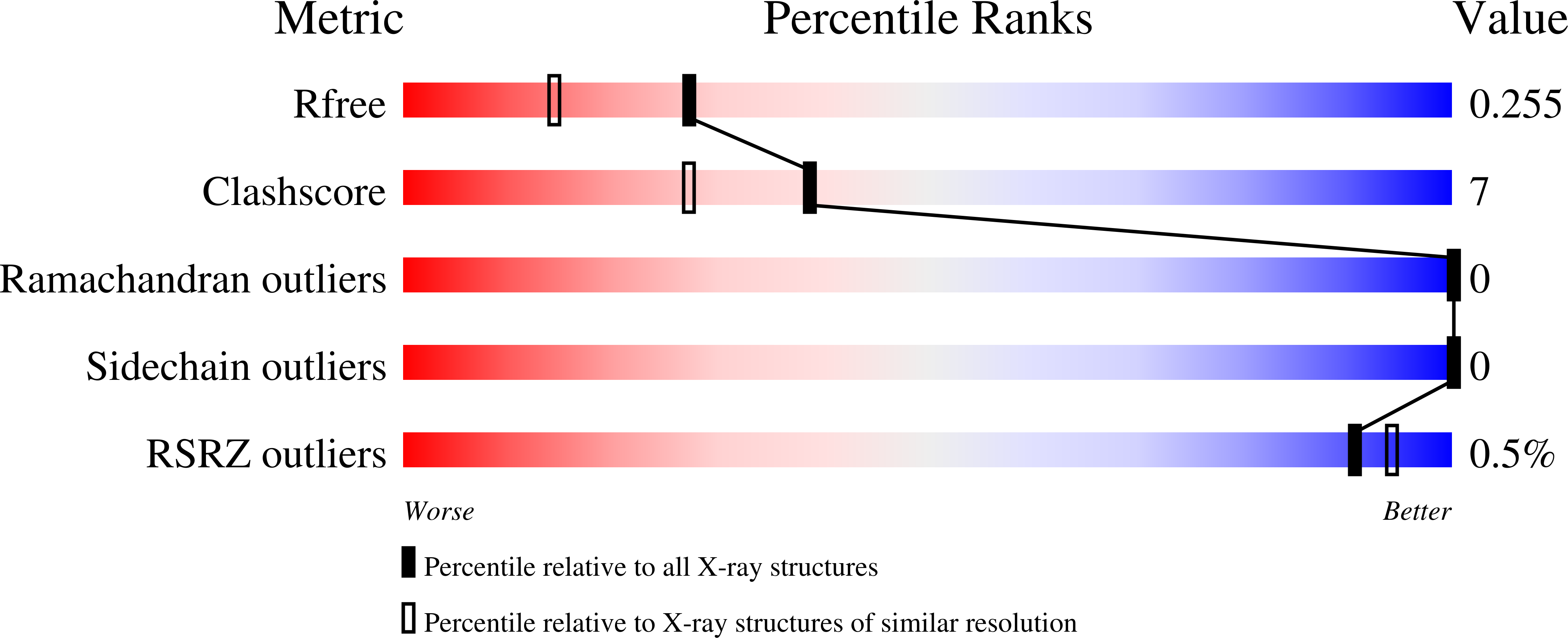
Deposition Date
2019-11-05
Release Date
2020-11-18
Last Version Date
2023-10-11
Entry Detail
PDB ID:
6UWC
Keywords:
Title:
X-ray crystal structure of wild type HIV-1 protease in complex with GRL-08613
Biological Source:
Source Organism:
Human immunodeficiency virus 1 (Taxon ID: 11676)
Host Organism:
Method Details:
Experimental Method:
Resolution:
1.95 Å
R-Value Free:
0.25
R-Value Work:
0.20
R-Value Observed:
0.20
Space Group:
P 61


